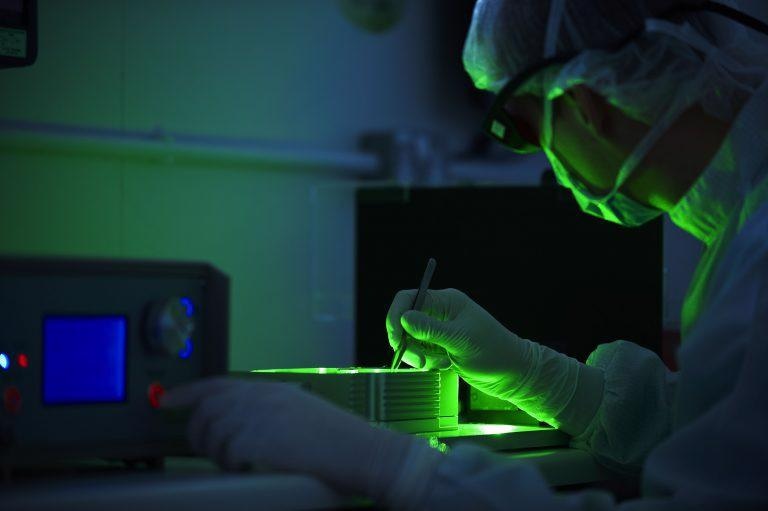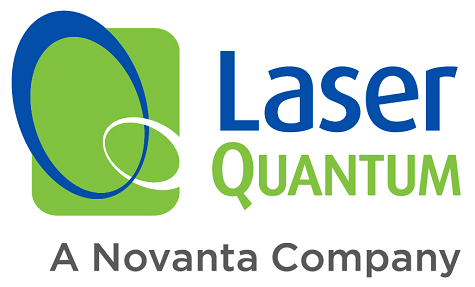Dec 11 2020
Laser technology as we know it was first realized in 1951 when Charles Townes envisaged the concept of microwave amplification by stimulated emission of radiation (MASER) on a park bench in Washington.
This concept had advanced within ten years, producing the first solid-state laser with a ruby gain medium.
Sixty years of almost endless innovation and development has unleashed a range of laser systems employing various amplification techniques, gain mediums and more. The most important distinguishing factor between different kinds of lasers is whether they are pulsed or continuous wave (CW).

Image Credit: Laser Quantum Ltd
What is a Continuous Wave Laser?
Continuous wave lasers feature a nominally constant output across a fixed interval. This means that for the duration of the beam, the main beam parameters such as intensity and power output remain consistent.
The term continuous-wave originates from the coherent beam of monochromatic light produced by the gain medium, which also determines the laser. A synthetic ruby was used in the first solid-state laser to create visible light with a deep red color, correlating to a wavelength of around 694 nanometers (nm).
Crystal gain mediums continue to be used today in several continuous wave lasers. Neodymium-doped yttrium aluminum garnet (Nd:YAG) and Titanium-sapphire, or Ti:sapphire, are two of the most commonly used gain crystals in continuous wave systems.
A range of fiber and gas lasers have been manufactured after intensive research and development through the years, which has broadened the scope of continuous wave lasers dramatically.
How do CW Lasers Differ from Pulses Lasers?
The difference between a pulsed wave and a continuous wave is that the latter describes a laser that is generated in short bursts while the former refers to an uninterrupted beam.
Traditionally, continuous wave lasers have been regarded as superior due to their power output and stability but the short laser pulses are unable to sublimate materials with any degree of efficiency.
This issue has been mostly resolved by chirped pulse amplification (CPA), and the stability of continuous wave lasers over operating periods ranging from a few microseconds to many weeks still makes them a competitive tool for industrial applications.
Continuous Wave Lasers from Laser Quantum
Laser Quantum is one of the market-leading producers of high-quality solid-state lasers created with end users in mind. Its solutions are driven by a commitment to performance excellence over long life cycles, and to protecting customers’ investments in rugged conditions and during rigorous use cycles.

This information has been sourced, reviewed and adapted from materials provided by Laser Quantum Ltd.
For more information on this source, please visit Laser Quantum Ltd.